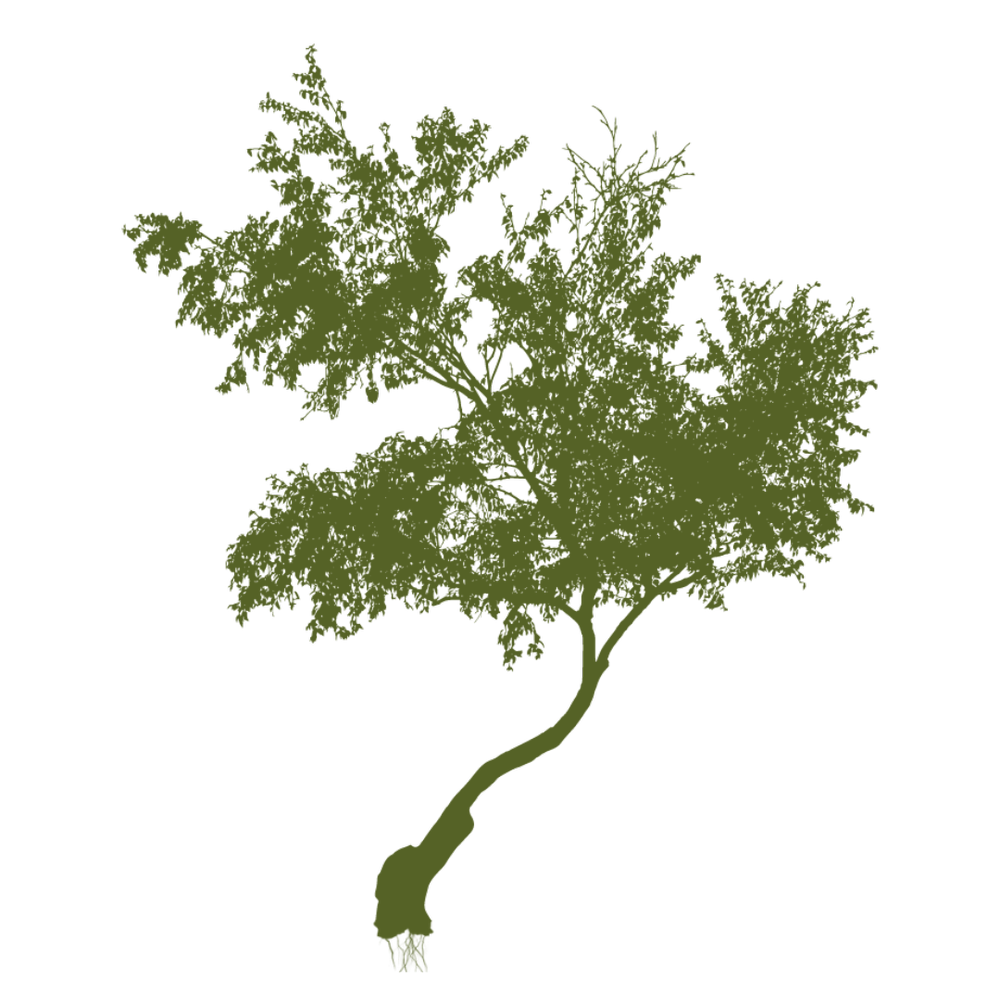Lately I've been reading about, imagining and embodying the way of the 'clown'. What I have learned so far, and what I look forward to exploring more and more, is the relationship between clowning and teaching. Here goes...
In this first post I give a brief summary of what it is to be a clown and what it is to be a teacher and then draw a few lines of connection.
What is a clown?
First, the clown is a performer. There must be an audience for 'clowning' to happen. 'Clowning' happens when the audience is drawn into the universe of the clown and together they occupy a space in which many fantastical things are possible.
Second, the clown performs a socio-cultural role. In fact clowns are found in many indigenous cultures around the world. Often clowns reflect aspects of culture or current affairs back to the society through the lens of theatre and humour.
The clown brings people into intimate contact with ideas or issues pertaining to the society, even when those ideas are complex or uncomfortable. The clown achieves this in two main ways; by disarming the audience through humour and by using symbolic language. This process functions to enact the ongoing co-creation of culture that occurs between the members of a society. It also helps to keep alive the deeper meanings behind cultural symbols that may be in the realm of the surreal or absurd.
For example, consider the comedian in Western culture. They can be crude and vulgar at times, they trample freely over issues of political correctness, they are self deprecating and often absurd. And this allows them to speak about uncomfortable topics, to be honest about things that are embarrassing, shameful or even harmful. And often that will inspire real conversations about real issues.
Third, the clown is a storyteller. Henry Miller wrote, "A clown is a poet in action. He is the story which he enacts. The clown teaches us to laugh at ourselves. Joy is like a river: it flows ceaselessly. It seems to me that this is the message which the clown is trying to convey to us, that we should participate through the ceaseless flow and movement, that we should not stop to reflect, compare, analyse, possess, but flow on and through, endlessly, like music. This is the gift of surrender, and the clown makes it symbolically."
What is a teacher?
First, a teacher is only a teacher in the presence of students. So a teacher is also a performer, requiring an audience to fulfil their function. Furthermore, the efficacy of teacher is all about student engagement. The teacher tries to make the learning as engaging as possible so that the students 'come along for the ride' and together the entire class goes on a 'learning journey'.
Second, the teacher performs a socio-cultural role. And that role is NOT to hand out facts and figures. The role of the teacher is to inspire the process of learning. To provoke students to ask questions about the world around them and then to facilitate further investigation. The teacher is never judgmental, never breaks the fourth wall, as it were, because the confidence of the student is supremely important. And because ultimately all teachers know that the student must discover their own learning or it will be of no use and will quickly fly away.
Third, the teacher is a storyteller. Storytellers come in many forms, so do clowns and so do teachers. So each teacher finds their own voice, their own style, their own way of introducing topics, of promoting a cohesive classroom, of endearing themselves to their students. This is the art of clowning and the art of teaching. The teacher encourages the student to participate in the flow of learning, to surrender to the ongoing process of change, to think critically about the world around them and to maintain a mindful, playful and creative disposition to life and the people sharing it.
Connections
By now the connection are probably becoming clear. It only remains to say that I am not talking exclusively about arts educators or 'creative types'. Because there are as many clowns as there are clowns. But certainly every teacher is continually in the process of becoming better at what they do. And perhaps that process is akin to finding their inner clown.
Next steps
I look forward to researching these ideas further, in the field and the literature and to sharing insights along the way. Already having opened this box I am finding a huge amount of incredibly inspiring and relevant connections. I think as teachers we can learn a lot from clowns throughout the ages.
(not) the end.
What do you think?
References & Links
https://yoowho.wordpress.com/ - Amazing Blog
http://www.humourfoundation.com.au/resources/history-of-clowning.html
http://faculty.humanities.uci.edu/tcthorne/History12/clownsway.htm
http://www.silentclown.com/history-page.htm

